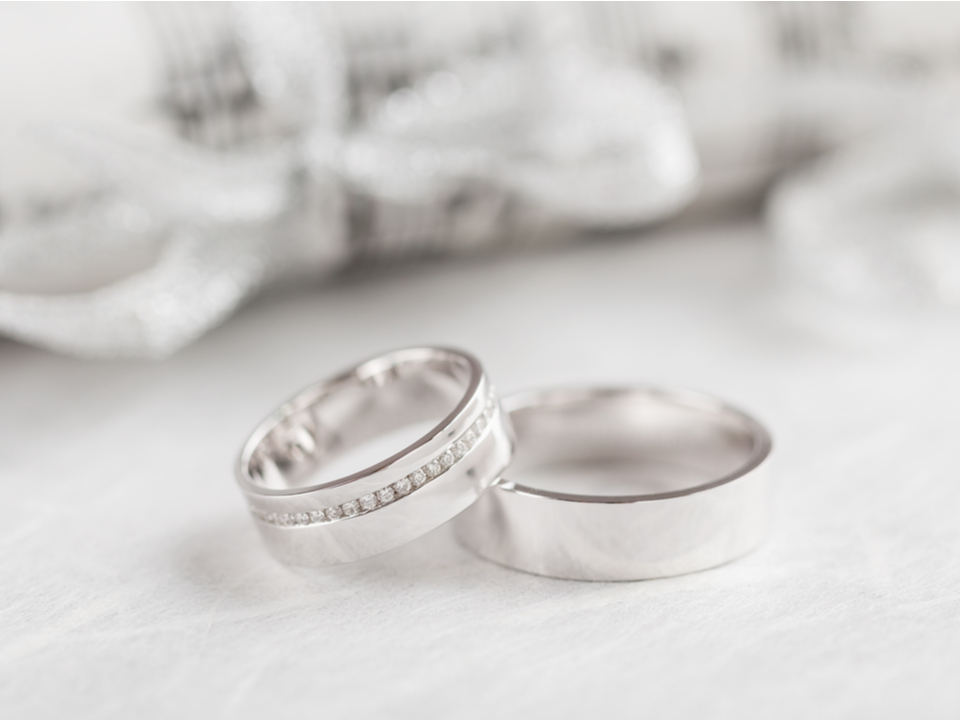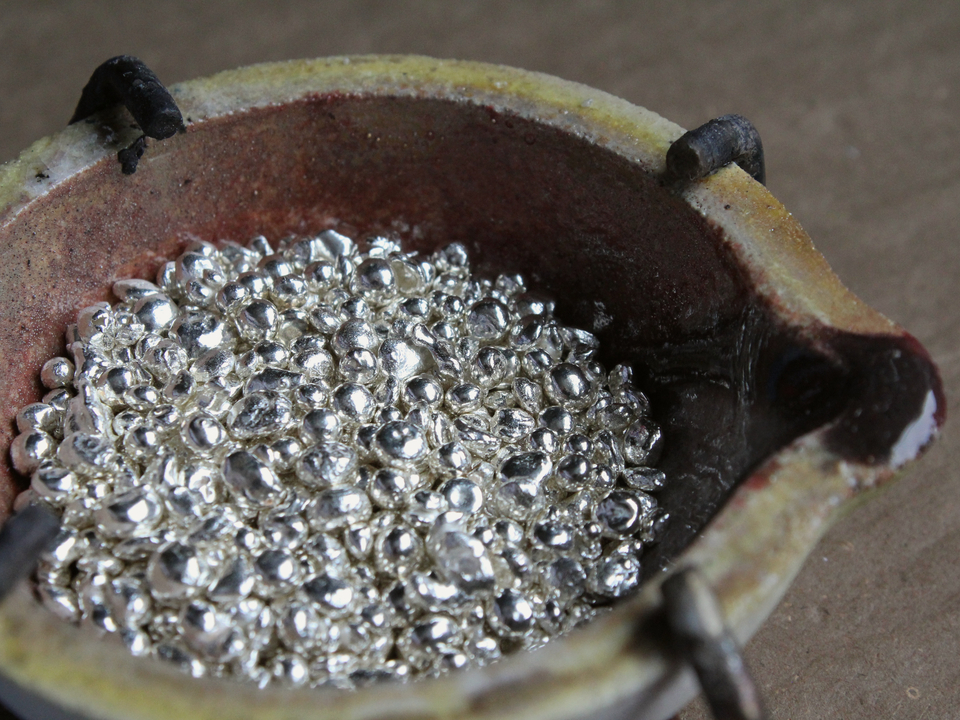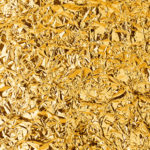New investors often struggle to distinguish a great investment from a mediocre one, and subtle differences don’t help matters. For example, silver and gold each have unique properties that may suit one investor but not another. Is sterling silver similar to white gold, or is gold in a league of its own as a precious metal investment?
A savvy investor needs to discern the advantages that each metal offers, and that’s easier with resources like Learn About Gold. Sterling silver and white gold are prominent in the jewelry market, but how do these metals compare as long-term investments that might pass down to your grandchildren? Our experts explore some of the differences between these two shiny metals, including how the properties might affect your choice of silver or gold investments.
The Similarities Between Sterling Silver and White Gold
Both sterling silver and white gold are classified as “precious metals.” High-value precious metals like these are rare and finite, which gives them economic value. They are also elemental metals that are non-corrosive and useful for industrial applications.
The most apparent similarity between these two precious metals is that they are both the same color, although the term “white gold” is a bit misleading. It is not white but a silver metallic color, so-named because it is not “yellow” like traditional gold. We address how yellow gold (the natural state) transforms into white gold below.
Sterling is brighter than white gold but similar; the differences are hardly detectable to the naked eye. Both silver and gold feature as currency historically, so there is still much value in both these metals. Both have been influential on the trade economy over the centuries, but now more as investment tools since the Gold Standard fell away and The United States moved to paper money systems.
More About Silver
Sterling silver and white gold feature in a wide range of industries but maintain popularity as jewelry favorites. Why is silver less expensive than white gold when the two exhibit such a similar appearance and texture? Here is more about silver in its various applications.
What is Sterling Silver?
Sterling silver is an alloy, a ‘mix’ of metals. Typically, sterling silver is 92.5% pure silver, with 7.5% copper, zinc, or a combination of these two strengthening agents. The “hallmark” stamped onto sterling silver products appears as SS925 or 925.
Industries use an alloy form of silver because pure silver is a very soft metal. Copper or zinc fortifies the metal for use in various ways where pure silver would not hold its shape at higher purities. The mix could also be 92.5% silver with 7.5% nickel, but most jewelry manufacturers discard nickel which can irritate sensitive skin.
Where Does Silver Originate?
As an elemental metal, silver dust comes from the earth’s crust. It is thought to develop in the earth’s crust through a reaction of sulfur and saltwater compounds. Miners extract silver using techniques like the Parkes process or, where blended into the ore of other metals, take it through a separation process.
There was an estimated 26,800 metric tons of silver left worldwide (as of 2014), with major silver mines in:
- Bolivia
- Peru
- Mexico
- Chile
- China
- Australia
- Poland
- Serbia
More About White Gold

Sterling silver and white gold are both precious metals and look almost identical, but there are critical differences between them beyond the obvious market value gap.
What is Gold?
Gold is a yellow, noble metal (it does not rust or corrode). As with silver, gold resides in the earth’s crust, and miners need to extract it and purify it before use. Gold is highly malleable in its natural state, and alloys like palladium, copper, and nickel make pure gold a workable and more durable metal.
The spectrum of hallmarks for gold is broader than for sterling silver. The “K” or karat (carat) describes the percentage of gold purity or ratio of gold to alloys; hallmarks range from 9K to 24K. The total possible parts of gold in the purity measure in 24, so 24K means that all 24 parts are gold—it is pure.
Where Does White Gold Get Its Color?
All gold is yellow, including white gold. However, yellow gold mixed with alloys may change color; a rhodium-gold alloy creates white gold. If you were to remove the rhodium, the gold would return to its natural color.
Where Does Gold Originate?
One widely accepted hypothesis is that gold has a celestial origin—it comes from dead stars. As an intriguing and slightly romantic concept, this theory states the asteroids brought gold from exploded stars, leaving deposits in the earth’s molten core billions of years ago. It is true that magma in the earth’s core carried this gold and hardened it into the “veins” that the miners dig down to retrieve.
Earthquakes or platonic shifts may free these gold veins, and volcanic eruptions can create new ones. The gold cools and hardens into the rock, which prospecting companies mine for collection. Most of the world’s gold comes from Australia, China, and the leader in gold mining, South Africa.
Man cannot create or manufacture gold—it is a natural element—and this heightens its value even more for investors. Gold and silver have similar origin stories, but why is gold more valuable in most markets?
The Value Difference Between White gold and Sterling Silver
While many of the traits of silver and gold are comparable, there are still aspects that drive up the cost of gold far beyond silver.
Supply
Precious metals are finite, and the supply will end once we deplete the earth’s stores. Similarly, one of the significant “value” differences between these two precious metals is relative to supply and demand.
There is a larger supply of silver in the earth’s crust than gold; gold is rarer.
Geologists say that humans will be able to mine over 17 times the amount of silver compared to gold. The attraction of gold is even greater because it is far more likely to run out before silver. As a scarcer resource, gold is more expensive.
Craftsmanship
Gold is not always more valuable than silver, though. Craftsmanship plays a significant role in the value of both sterling silver and white gold. For example, an ornate sterling silver pitcher will probably be more valuable to buyers than a simple white gold band.
The level of craftsmanship that goes into a piece will sometimes exceed the value of the hallmark. Another example is how much more valuable a silver coin may be to investors compared to a silver round. A coin’s details are more intricate, and the collectability factor is higher.
Human Perception Drives Differences
Gold is heavier and denser than silver and gives off a different luster. In ancient times, people coveted gold for its beauty and status; not much has changed.
Silver was appreciated for its use as currency but did not receive the same attention as gold. Both metals were excellent conductors. However, manufacturers typically choose silver for this use, creating the perception that silver is less important than gold.
The diamond is another excellent example of how human perception drives a resource’s value. Several gems are even rarer than the diamond, yet humans have the idea that this stone is the rarest stone on earth and place the most value on it. It was a great advertising campaign from a famous diamond dealing company that elevated this perception, and society seems to have forgotten that other precious stones were of equal value once before.
There is more gold in circulation with investors and more gold currently mined than silver every year. Its stores will likely finish before silver, and these supply constraints will continue to drive up its value for a few decades or longer. However, with more gold available for purchase than silver, one might expect gold to be cheaper, but demand is also perception-driven; like the diamond, people see gold as more valuable.
Other Differences
Gold has a history of being more valuable than silver, and it is a symbol of wealth ingrained into society. Other differences between gold and silver include silver’s tendency to tarnish. It is a noble metal that does not rust, but silver oxidation does mean it darkens in patches over the years—it is easy to clean but may put investors off.
There are other marked differences, including:
- white gold is more durable than sterling silver
- sterling silver is more popular for industrial applications, with 56% of its supply dedicated to this purpose (only 12% of the gold supply is earmarked for industrial use)
- silver stockpiles are falling while gold stockpiles are increasing
Is sterling silver or white gold a better investment? Both are worthy choices, but gold is usually a better choice as a long-term investment that will hold its value as markets fluctuate.
Learn About Gold and Make the Right Investment Choices

Personal preference, budget, and genuine speculation about future trends all play a role in a precious metal investment for you. Most people choose gold because of its historically reliable growth, but it depends on how you want to approach your legacy in precious metals.
Feel free to contact Learn About Gold for help or support diversifying your portfolio with sound gold investments from an experienced gold IRA partner.





